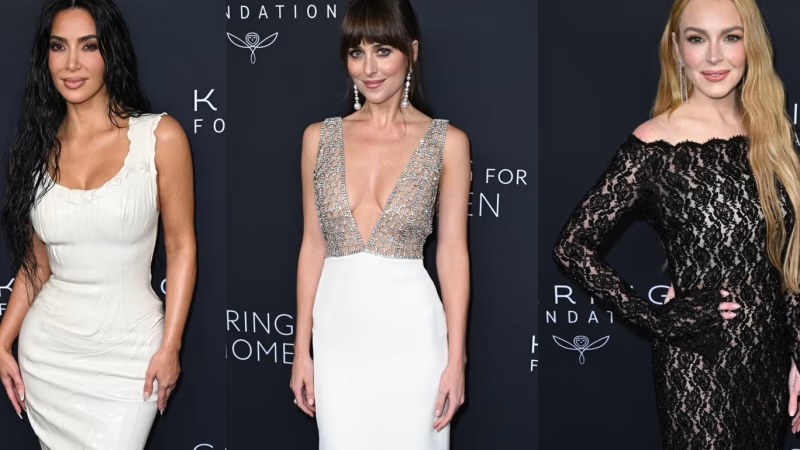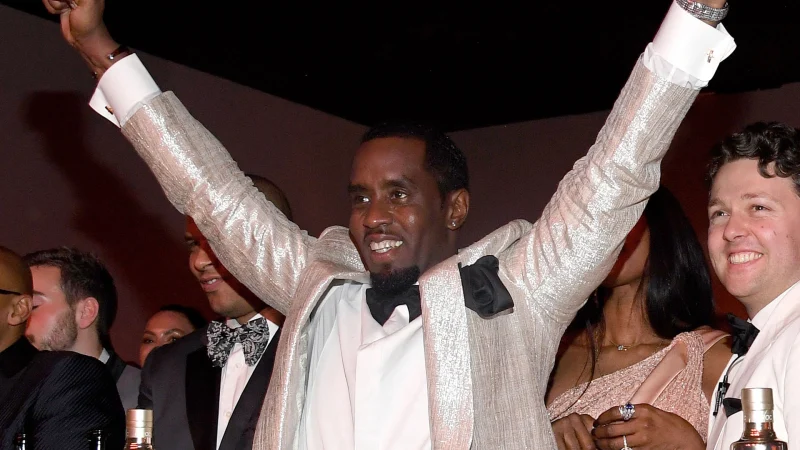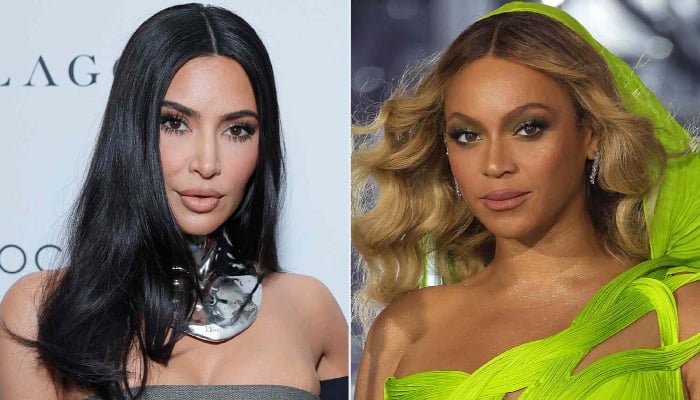The beauty of creation! When he’s not working on Kim Kardashian and his other A-list clients, cosmetic dermatologist Dr. Simon Ourian creates larger-than-life sculptures

Dr. Simon Ourian is Hollywood’s go-to specialist for non-invasive procedures. His notable clients include Megan Fox, Kris Jenner, Lady Gaga and Christie Brinkley, to name a few.
But what makes the man Kim Kardashian calls a ‘necessity’ in her life so good? When he’s not in his medical lab coat, he is creating art.

‘Both fields have provided me with a profound appreciation for the artistic expression and the ability to create beauty, whether it is captured in a sculpture or enhancing the natural features of a person,’ the doctor exclusively tells Daily Mail.

Commissioned to make a sculpture for the royal family of Qatar during the World Cup, the cosmetic doctor used stainless steel to create a larger-than-life falcon perched up on a soccer ball.
Measuring 30ft wide by 15ft high, the magnificent piece was painted with a unique black airplane paint.
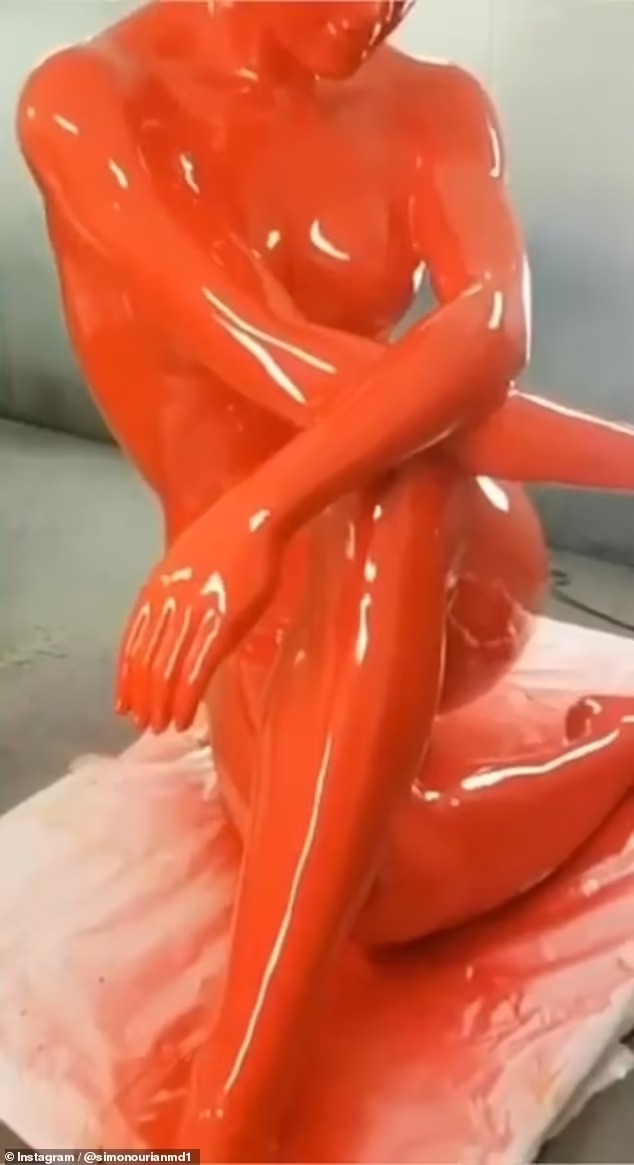
In addition to Qatar, Ourian originals are on display in Dubai, Florida, and Beverly Hills.
When it comes to being both an artist and a doctor, ‘one striking similarity I have observed is the underlying artistic principles that apply to both sculpting and cosmetic procedures,’ he said.

‘In both cases, an understanding of proportions, aesthetics, and visual harmony is essential.
‘Whether I’m sculpting a clay figure or performing a facial enhancement, I rely on my artistic eye to ᴀssess and improve the balance and symmetry of the subject.
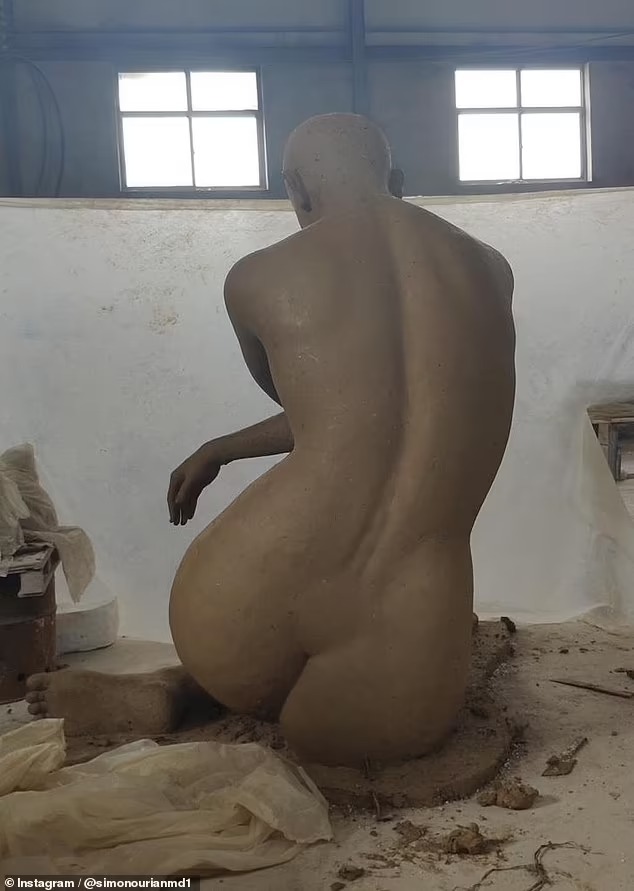
‘The concept of creating something visually pleasing and appealing translates across both mediums.’
Based in Beverly Hills, Dr. Ourian tells Daily Mail that when he looks at someone’s face, he automatically knows what he can do to improve it, and he has had this ability since he was a child.

‘In my artistic endeavors, I have worked with sculptures made of clay and various inanimate objects, while in my medical practice, I focus on enhancing and transforming the features of human faces and bodies,’ said the A-list doctor who has garnered an impressive 3.5 million Instagram followers.

There are many similarities to working on a piece of art and a human, but there are, of course, differences.
‘Unlike inanimate sculptures, human features are living and subject to various factors such as age, genetics, and individual preferences.
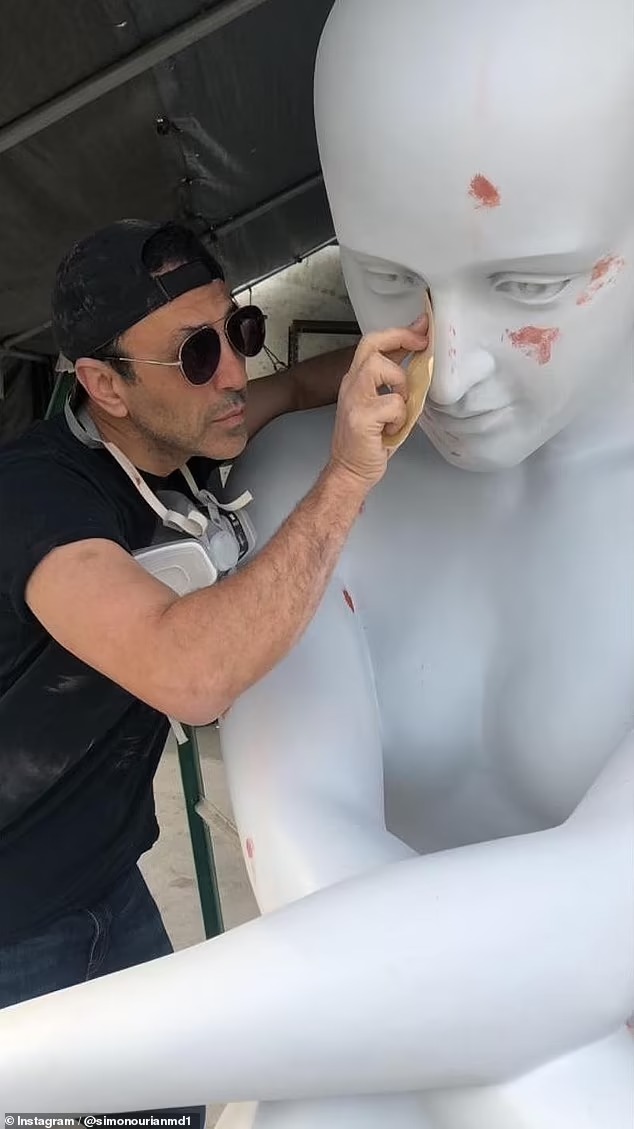
‘This requires me to adapt my artistic skills to the unique characteristics and desires of each patient.
‘I must consider not only the aesthetics but also the functional aspects, ensuring that any cosmetic procedures are performed safely and do not compromise the natural movements or expressions of the individual.’

